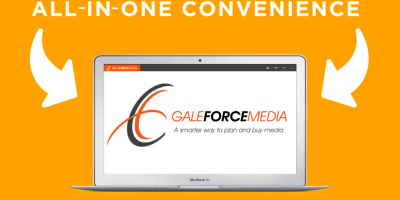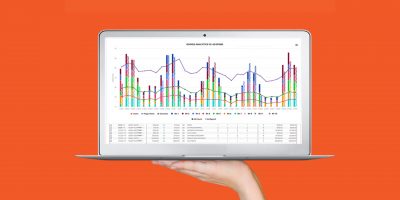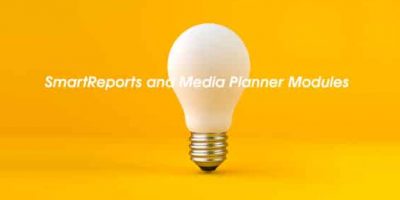Are you new to the media industry or looking for a more structured way to develop your media plans? GaleForceMedia provides a detailed media plan example to demonstrate its utility in the ever-changing marketing landscape, aiding you in refining your media buying approach.
What Is in a Media Plan?
Let’s outline the components of a media plan for both traditional and digital media buying:
- Identify your client and campaign with relevant background information.
- Review historical ratings and previous media buys to inform your strategy.
- Choose your target audience, preferred media channels, locations, timings, and media types.
- Set your budget allocations.
- Develop (or acquire) engaging messaging and creative content.
- Schedule your advertising placements.
- Monitor performance metrics throughout the campaign.
- Analyze campaign data and modify strategies as necessary.
This concise list underpins the complex elements integral to crafting a successful media plan, as illustrated in our media plan example.
All details of the following example are fictional.
Background
Media Buyer A represents a CPG client launching a new product: flavored, vitamin-enriched seltzer water. The product is believed to appeal to diverse audience segments. The client wants Media Buyer A to explore various marketing channels and demographic targets, with a focus on specific geographic areas.
The client has secured product placement in Maryland and Delaware Walmart and Target stores starting August 1, 2023. Media Buyer A logs into the software and initiates the planning process by creating the buy. Buyer A enters initial information:
- Flight: Campaign start date of August 1, 2023.
- Geography: Identify local radio or television markets that cover the target locations in Maryland and Delaware.
- Budget: Total media budget, including funds for marketing materials.
- Product: Type of product, in this case, a health food/beverage CPG.
- Client: Company name.
What is a Media Plan – The Process
A media buying software like GaleForceMedia supports the entire media buying process. A media buyer can access historical ratings, review past buys, and delve into detailed insights before initiating their buy. Once the plan is set, the buyer can place the order through their representative. Following the campaign, the buyer can reconcile invoices and conduct post-buy analyses all within the same platform. Here’s what the media planning process entails:
Flight:
- Enter the start and end dates of the advertising campaign.
Geography:
- Utilize demographic and point-of-sale data from the specified areas to determine the best locations for ad placements.
Budget:
- Outline how the full budget will be allocated to maximize investment returns.
Media Type:
- Assess which types of media—such as television, radio, digital, or out-of-home (OOH)—will best reach the targeted audience during the specified times.
Media Real Estate:
- Identify optimal dayparts and locations for ad placements based on historical purchase data and demographic insights.
Client (Past Buys):
- Consider the buyer’s previous experiences with similar clients or products to inform the current plan.
Results
GaleForceMedia software helps in organizing and structuring a media plan that can be adjusted for traditional and modern media allocations based on the audience, geographic focus, product type, and seasonality.
The media buyer then prepares individual media buy worksheets based on these plans. If the initial plan needs adjustment, the buyer can modify it directly in the software, which then updates the workflow automatically. Here is the initial suggested plan:
Flight Dates:
- August 1, 2023 to September 15, 2023
Geography:
- DMAs or MSAs within a 30-mile radius of each Walmart and Target store.
Budget Allocation:
- Creative: 15% for creating diverse ad formats.
- Television: 15%, with a focus on non-primetime slots.
- Radio: 30%, targeting drive times.
- Digital: 20%, geographically targeted.
- OOH: 20%, focusing on high-traffic areas.
After approval, the media buyer finalizes media worksheets for TV, radio, digital, and OOH. These detail the flight dates, number of spots, and specific targeting for each media type.
Conclusion
From our media plan example, you can see the rigorous process that takes place when structuring a media plan. GaleForceMedia provides the tools and a user-friendly interface to support and streamline the entire media planning and buying process, making it efficient and cost-effective. To see how effortlessly you can manage your media plans and achieve success for your clients, contact us today for a free demo.





























